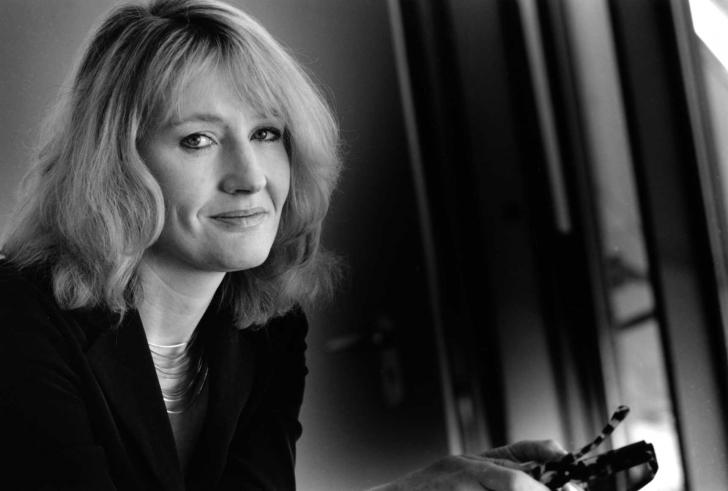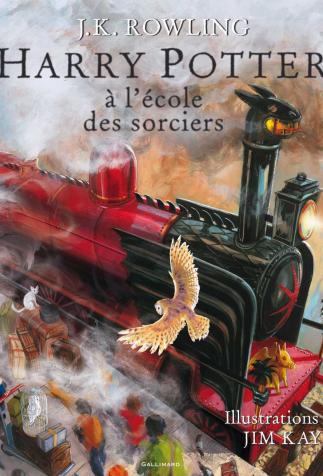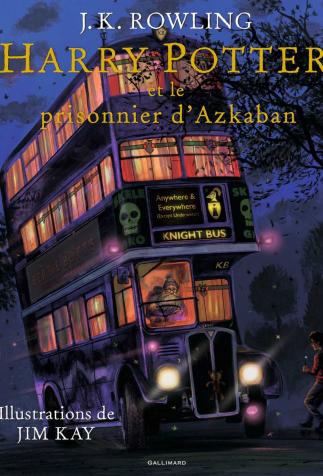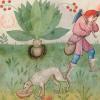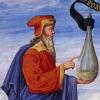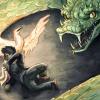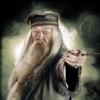Harry Potter and the Fabulous World of Witches and Wizards
It’s hard to imagine J.K. Rowling’s Harry Potter getting rejected by publishers in the 1990s. By now, the series needs no introduction, having become a truly global phenomenon.
Monstrously Successful
J.K. (Joanne Kathleen) Rowling, born in England in 1965, has written novels for adults (The Casual Vacancy, 2012, as well as the Cormoran Strike mysteries, published under the pseudonym Robert Galbraith since 2013), but she has won universal fame (and fortune) for her children’s books. The Harry Potter heptalogy (1997-2007) has sold over 500 million copies around the world and been adapted into eight movies (2001-2011). In addition, there are three companion books – all from the Hogwarts’ School Library (Quidditch Through the Ages and Fantastic Beasts and Where to Find Them, in 2001, then the Tales of Beedle the Bard, in 2007), and three digital books produced by the Pottermore website in 2016.
Initially focused on a single character, Harry Potter, the saga gradually expanded to include all of what is now known as the “Wizarding World.” It has led to a permanent exhibit, the Harry Potter Studio on the outskirts of London; theme parks, and a play, Harry Potter and the Accursed Child, which has been running in London since July 2016. That same year, Rowling signed screen plays for a new series of films, Fantastic Beasts, whose lead character is Norbert Dragonneau. The films are set in the 1920s, several decades before the heptalogy.
A Unifying Story
J.K. Rowling’s own story – a divorced, unemployed mom, who, at age 31, after a dozen rejection letters, finally managed to find a publisher for Harry Potter and the Philosopher’s Stone (or Harry Potter and the Sorcerer’s Stone, as it was called in the United States) – reads like a fairy tale in its own right. And the beginning of the young wizard’s adventures can be analyzed from that standpoint. Both his own extraordinary true identity and another world – one in which he enjoys incomparable advantages (wealth, talent, fame) – are revealed to a pre-teen orphan who has been mistreated by his caricaturish adoptive family.
But right from the start, other generic story arcs intertwine with that first layer, adding complexity. The series also draws on the boarding-school novel, a classic British genre – with the extra twist that Harry attends a school of “witchcraft and wizardry,” which has a unique curriculum. The school context facilitates the introduction of a memorable set of secondary characters with whom Harry develops friendships and antagonisms: Ron, Hermione, Neville, Drago, and others. The detective-novel structure shapes the first three volumes, in which there are mysteries to solve without getting taken in by red herrings. The same guilty party is always pulling the strings from behind the scenes: Voldemort, whose mysterious bond with the young hero – whose forehead he marked with a lightning-bolt-shaped scar – becomes clearer and clearer from book to book. The novels, which get longer and darker as Harry grows up, take a distinct turn towards the bildungsroman or coming-of-age genre. The end has both a quest (for the Horcruxes and Relics) and a struggle – that is both individual and collective – culminating at Hogwarts School, which, by then, has become a far cry from the naively cheerful place it was the first volume.
Revolutionizing Children’s and Young Adult Literature
And yet, despite the profusion of genres and story arcs, the tale – which evolved and matured along with its original readers, who were growing up at about the same speed as the hero – can not be accused of a lack of consistency. On the contrary, the author managed to portray a compellingly complete world brimming with seemingly insignificant details that come back, discreetly or decisively, at later stages in the tale.
Thus Rowling has “schooled” generations of young readers… and brought dramatic change to the world’s book market while she was at it. Harry Potter’s phenomenal success revealed the formidable potential of children’s and speculative literature (series, longer books, large illustrated hard covers and more for the former; witches who were quite different from those found in epic fantasy for the latter).
In addition to a battalion of young witches proposed by pale imitators, Harry Potter led to a huge expansion of the children’s-literature sector, established a new media-development model, and federated fan communities in a groundbreaking way that is still quite dynamic, over a decade since the last book in the series was released. Harry Potter – and J.K. Rowling’s – influence on contemporary popular culture can not be overstated.
